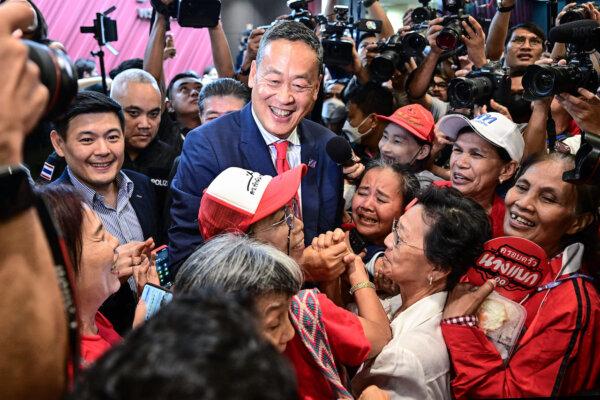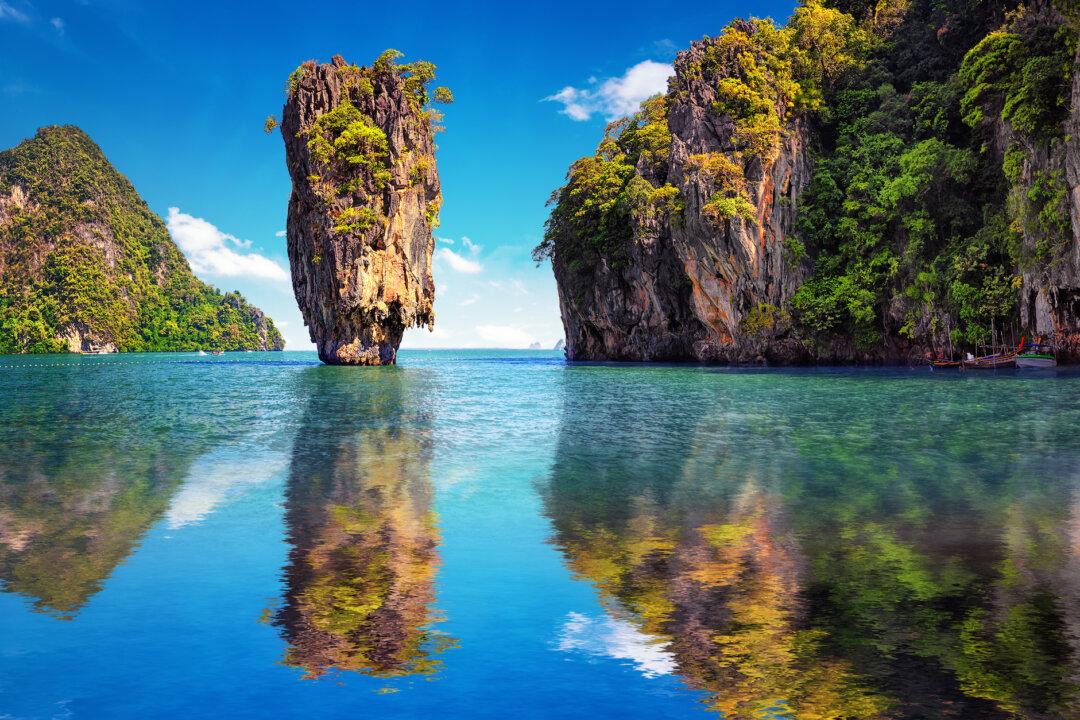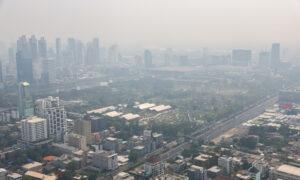Thailand is steering an initiative for a visa program with countries that together hosted about 70 million tourists last year as Prime Minister Srettha Thavisin ramps up initiatives to attract more long-haul and high-spending travelers.
Srettha—who’s pledged to leverage Thailand’s status as a tourism hot spot into an aviation and logistics hub—has discussed the visa idea with his counterparts in Cambodia, Laos, Malaysia, Myanmar and Vietnam in recent months. The single visa is meant to ensure seamless mobility for travelers among the six neighboring countries.
With most leaders positively responding to the single-visa concept, tourism-reliant Thailand aims to generate more revenue per traveler and cushion its economy from headwinds.
The six Southeast Asian nations reported a combined 70 million foreign tourist arrivals in 2023, according to official data. Thailand and Malaysia accounted for more than half of the tally, generating about $48 billion in tourism revenue.
The single-visa plan is the most ambitious among Srettha’s lineup of tourism initiatives but is targeted for the long term. The industry has served the country well, accounting for about 20 percent of total jobs and making up about 12 percent of the nation’s $500 billion economy. Barring the pandemic years, tourism has flourished and provided a cushion against a slump in manufacturing and exports, the traditional bulwarks of the economy.

The tourism industry is upbeat, with Marisa Sukosol Nunbhakdi, a former president of the Thai Hotels Association, saying “a common visa could entice long-haul travelers to make an easier decision.” The visa validity would need to be extended to 90 days from the usual 30-day period to make it attractive, she said.
Srettha’s administration has set a goal of attracting 80 million tourists by 2027. And since taking power about seven months ago, his government has signed a reciprocal visa waiver deal with China—Thailand’s largest market for tourists—and offered temporary visa waivers for travelers from India, Taiwan and Kazakhstan. It’s also mulling a plan to open casinos inside large entertainment complexes and exploring whether event-based tourism will help the country generate more revenue.
If done right, the benefits of single-visa travel wouldn’t be confined to tourism alone, as ease of travel would be a boon for business travelers and trade, according to Bill Barnett, managing director of hospitality and property consultancy C9 Hotelworks.
But a Schengen-type visa, which allows free travel around the border-free zone within Europe, may be an uphill task given the Association of Southeast Asian Nations’ poor track record in expediting multilateral policy frameworks.
“Country by country seems to be the best way to do it,” Barnett said. “Bilateral agreements, where governments are leading the way for this type of thing, make a lot of sense as they are looking outward and not inward.”
For a joint visa scheme, approvals have to be coordinated, and the absence of standard immigration criteria among participating nations—unlike the European Union—can pose challenges, according to Thitinan Pongsudhirak, a political science professor at Chulalongkorn University. ASEAN, as a grouping, is a divided body with a poor immigration record, he said.
And with Srettha being neophyte in politics, he may lack the clout to push through the visa proposal, Thitinan said.
“All the various things he’s been trying to do, I see it as picking low-hanging fruits and picking fruits off the ground,” Thitinan said. “Sometimes fruits on the ground are rotten.”








